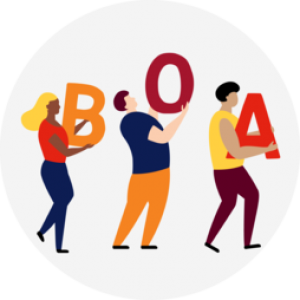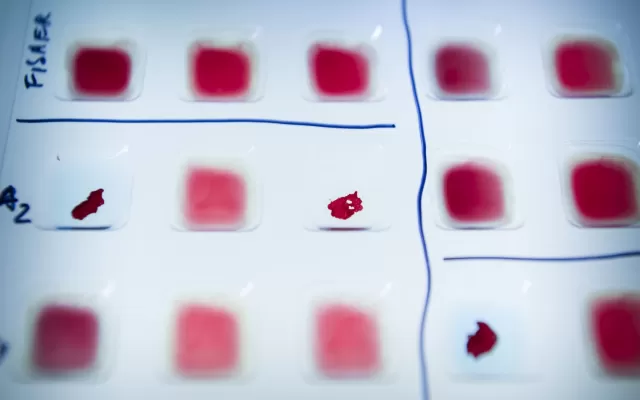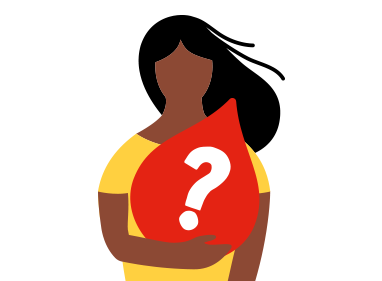Don’t have an account?
Select the donation type you’d like to make
When you have a transfusion, it’s better to receive blood of the same ABO and RhD blood group. However, in an emergency or special circumstance, if the same blood group isn’t available, you might be given another group so your immune system won’t react.
Know your blood group essentials

Antigens are proteins or carbohydrates that our immune system can recognise.
Any antigen that’s ‘foreign’ to our immune system is destroyed by an antibody.

Antibodies are attack molecules our immune system makes to protect us against foreign things such as bacteria and viruses. Antibodies can also form in response to different blood groups. Everyone is born with some antibodies and develops others over their lifetime.

ABO is the major blood group system and is genetically determined. Your ABO type depends on whether you have A or B antigens on your red cells.
If you have the A antigen, you have group A red cells.
It’s possible to have both A and B antigens, which means the blood group is AB.
If you have blood type O, your cells don’t have either type of antigen.

The Rh blood group system has around 50 different red blood cell antigens. D is the most important antigen of the Rh system and it’s also known as RhD.
In Australia, about 83% of people have the D antigen on their red cells, so their blood type is called RhD positive. The other 17% don’t have the D on their red cells and are called Rh negative.
The percentage of Rh negative people varies in different countries. For example, less than 5% of India’s population are Rh negative.
Some people who are RhD negative will have an immune response to RhD and make antibodies. These antibodies can destroy any red cells which are RhD positive. This may occur with a transfusion or when pregnant with an RhD positive baby. Knowing your RhD group is also very important for women who are or may become pregnant as the antibodies can cause problems for the mum and baby.



